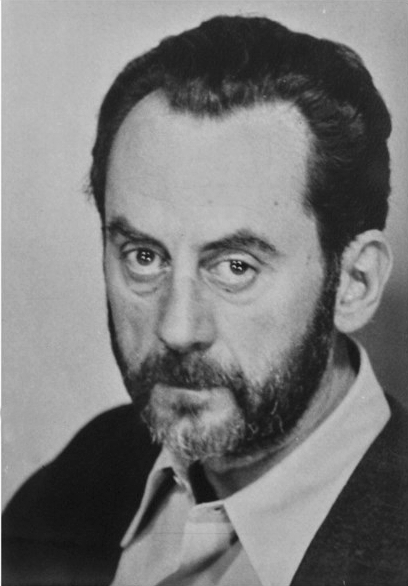Before and After Duchamp
The Early Years (1915–1920)
Before his fateful meeting with Marcel Duchamp in 1921, Man Ray’s work leaned toward experimentation—but not sabotage. He was an innovator of photographic techniques and avant-garde portraiture, but he remained committed to legibility, polish, and authorship. His early paintings and photographs, while visually inventive, do not encode any of the Coded Gestures. There were no denials of function, no visible sabotage, no veiled attacks on glamour. He signed his work. He respected form. He played within the frame.
The Turning Point: 1921
Everything changes in December 1921. Man Ray meets Duchamp in New York. Within days, they stage their first collaboration— Cadeau (Gift) —an unrequested sculpture made from a flat iron and metal tacks. It’s useless. Violent. And anonymous. This object does not ask for interpretation. It blocks it. Cadeau becomes Ray’s initiation into Dada’s visual sabotage.
It is also the first and only work by Man Ray that clearly encodes
Function Denied—a gesture we now understand to be one of the core codes running through visual Dada. It is also likely that Duchamp, in the course of this collaboration, introduced Man Ray to the deeper logic of visual Dada—gestures which had already been seeded in works like Fountain, Tu m’, Mistinguett, and Morée.
After the Meeting
After 1921, traces of the Coded Gestures begin to appear intermittently in Man Ray’s work—often in tandem with Duchamp’s projects. Most notably:
-
Belle Haleine (1921), a joint effort with Duchamp, encodes both Parody of Glamour and Drips as Sabotage.
-
Later photo-collage and manipulated portraits sometimes touch on surface breakdown and conceptual authorship—but never without echoing Duchamp’s fingerprints.
Conclusion
Before Duchamp, Man Ray was an explorer. After Duchamp, he became a collaborator. His shift marks not just a new phase in his career—but the expansion of a visual logic that would define New York Dada.
